There’s something beautifully simple and nourishing about a warm cup or homemade bone broth. Packed with vitamins and minerals, delicious bone broth is a time-tested kitchen staple that is as comforting as it is healing. The best part? How to Make Bone Broth (Delicious Crock Pot Recipe) is not only incredibly easy, but also a zero-waste way to use ingredients you might otherwise toss!
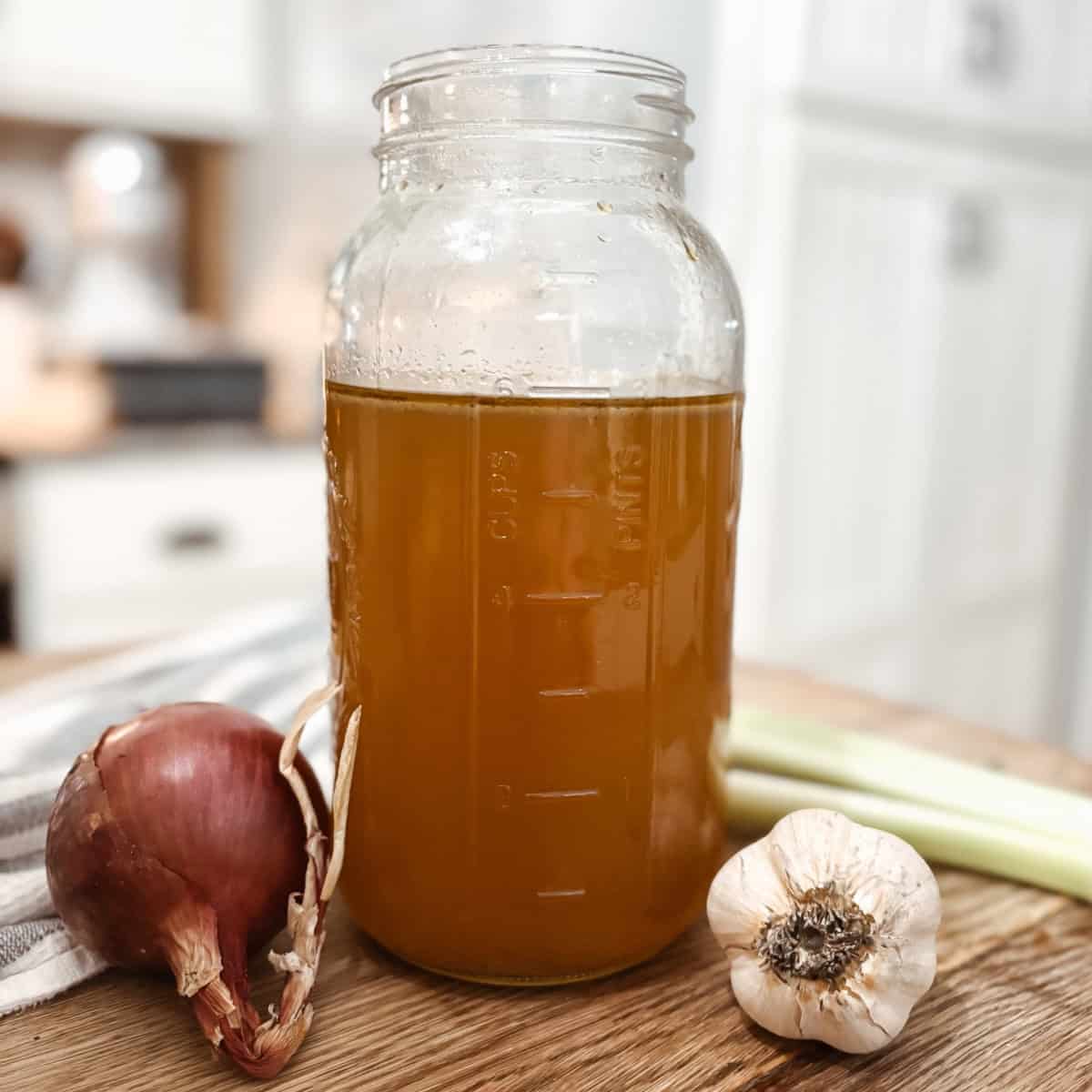
Whether you’re looking to boost your immune system, support joint health, or just enjoy a cozy, nutrient-packed drink, this homemade bone broth recipe is your new go-to.
With just a few simple ingredients and a little patience, you can create a rich, flavorful broth that’s perfect for sipping on its own or incorporating into your favorite dishes. Plus, making your own bone broth is the ultimate in healthy, sustainable living—helping you reduce waste while nourishing your body from the inside out.
Jump to:
For other natural remedies, learn to make your own electrolyte drink powder here, or homemade elderberry syrup here.
What is bone broth?
Bone broth is a nutrient-rich liquid made by simmering animal bones (typically beef bones, chicken bones, or pig bones) along with vegetables, herbs, and spices. Broth needs a long cooking time—usually 12 to 48 hours. This slow-cooking process breaks down the collagen, bone marrow, and connective tissue in the bones. This releases minerals like calcium, magnesium, and phosphorus, as well as amino acids such as glycine and proline. These nutrients make bone broth a great source of support for joint health, gut healing, and skin elasticity.
Bone broth can be consumed on its own as a hot savory beverage, or used as a base for soups, stews and sauces. Homemade chicken broth is the best ingredient for homemade chicken noodle soup. Grass-fed beef broth is the best choice for a homemade pot roast or beef stew.
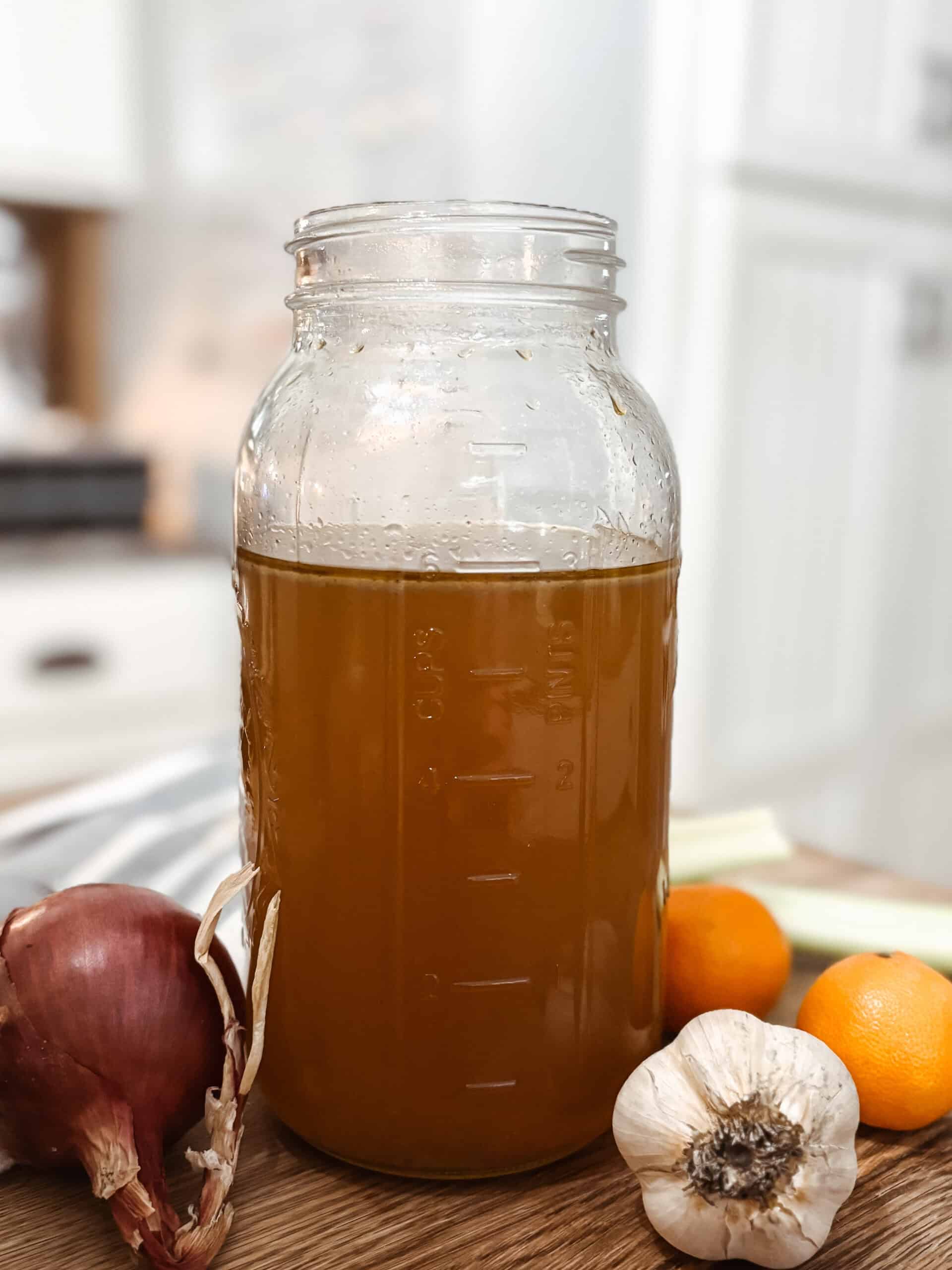
What are the benefits of bone broth?
Bone broth offers a variety of health benefits:
- Supports Joint Health: Bone broth is high in collagen, glucosamine, and chondroitin, all of which are vital for maintaining healthy joints. These nutrients can help reduce joint pain and inflammation, making it helpful for conditions like arthritis.
- Boosts Gut Health: The gelatin in bone broth helps support the lining of the gut, which may aid digestion and help heal leaky gut syndrome. The amino acids in bone broth, like glycine and glutamine, can also help reduce gut inflammation and support a healthy digestive tract.
- Promotes Healthy Skin: Collagen and elastin in bone broth improve skin elasticity, reducing wrinkles and promoting a more youthful appearance. Drinking bone broth regularly can help keep skin hydrated and support its natural glow.
- Improves Immune Function: Bone broth is packed with minerals, amino acids, and antioxidants that support the immune system. The high levels of gelatin and amino acids like arginine and proline help strengthen the body's defenses and promote overall wellness. This makes bone broth a great natural remedy for cold and flu.
- Boosts Bone Health: Bone broth contains a variety of minerals like calcium, magnesium, and phosphorus, which support bone density and overall skeletal health.
- Promotes Healthy Hair and Nails: The collagen and keratin in bone broth can help strengthen hair and nails.
- Rich in Amino Acids: The amino acids in bone broth, like glycine, proline, and arginine, offer various health benefits including reducing inflammation, promoting muscle repair, and supporting overall cellular function.
Overall, bone broth is a nourishing, versatile food that supports multiple areas of health, making it a popular choice for those seeking to improve their overall wellness naturally.
Why homemade bone broth?
Homemade bone broth is generally considered healthier than store-bought options for several reasons:
1. Higher Nutrient Quality
Homemade bone broth allows you to control the ingredients, ensuring they are of the highest quality. You can choose organic, grass-fed, or pasture-raised bones, which tend to have higher nutrient content, such as better omega-3 fatty acid profiles and fewer toxins. Grocery store versions may use lower-quality bones and additives to save costs.
2. No Added Preservatives or Chemicals
Many store-bought bone broths contain preservatives, artificial flavors, or poor ingredients to enhance the taste and shelf life. These additives can take away from the natural health benefits that come with homemade broth, which is free from these chemicals.
3. Customizable Recipe and Ingredients
When making bone broth at home, you can customize the recipe to your preferences and health needs. You can adjust the herbs, spices, and vegetables, or add extra nutrient-rich ingredients like apple cider vinegar (to help extract minerals from the bones), garlic, or turmeric for additional benefits. Store-bought broth comes pre-made with set ingredients.
4. Better Overall Flavor and Texture
Homemade bone broth tends to have a richer flavor and thicker texture, due to the long simmering process that allows more collagen, gelatin, and minerals to be extracted from the bones. Store-bought broth may have a more watery texture and less pronounced flavor, and some brands add artificial flavorings to compensate for the lack of natural depth.
5. Control Over Salt Content
Store-bought bone broth often contains a high amount of sodium to preserve the product and enhance flavor. With homemade bone broth, you can control how much salt is added, making it a better option for those watching their sodium intake.
8. Cost-Effective/ Zero Waste
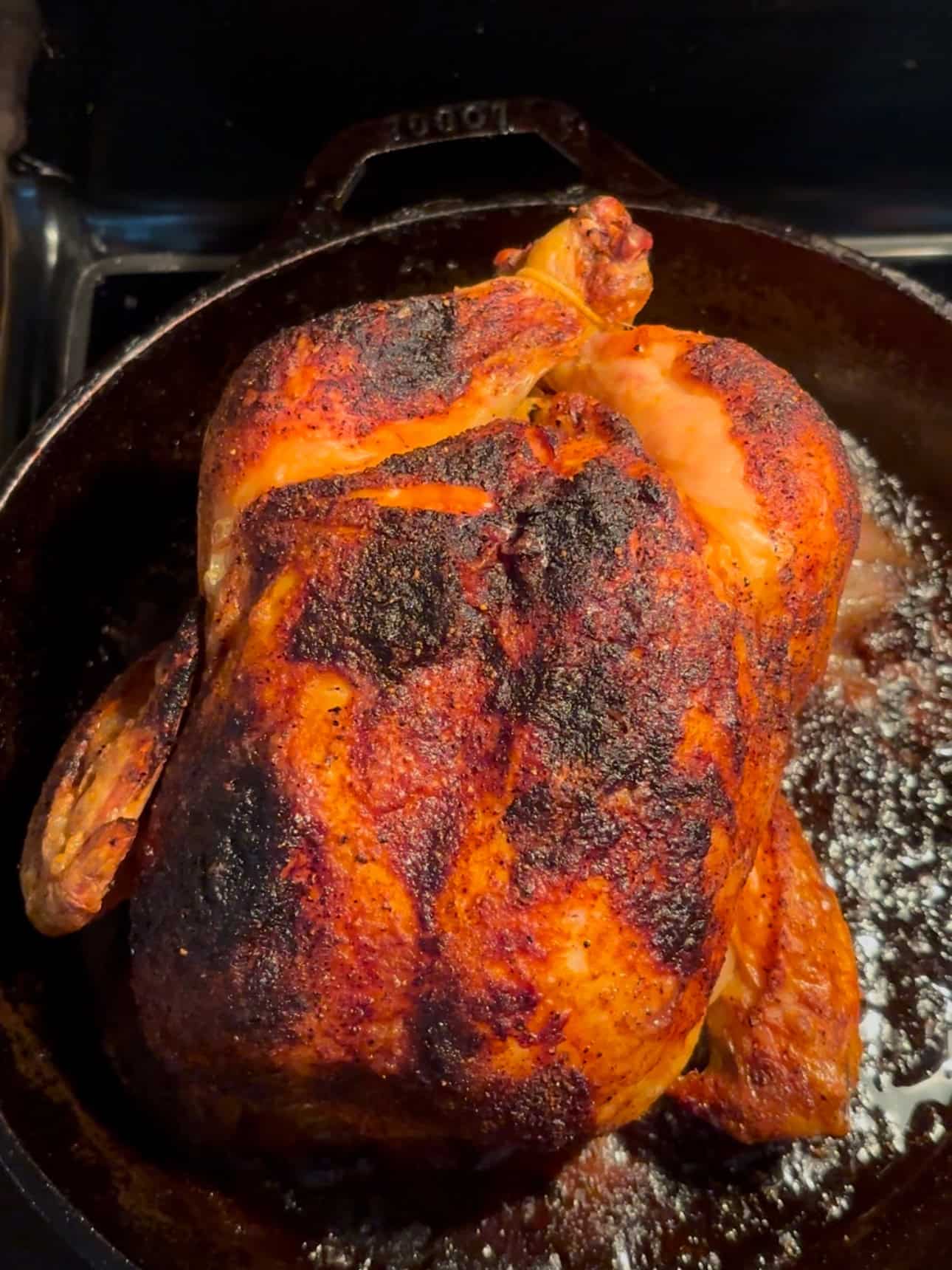
Typically, we make a whole chicken at least weekly. We also eat a variety of other meats! The carcass and bones would otherwise become garbage. In addition, we eat a lot of fresh veggies and have multiple gardens during the summer months. The scraps would either go to compost or homemade bone broth. Since we typically have all ingredients on hand, the cost is near free to make homemade bone broth.
Hint: The best way to save the carcass, leftover bones, and scraps is to toss them into a freezer bag or freeze safe container for later use. Store the ingredients in the freezer until you have enough scraps to make the broth.
Ingredients
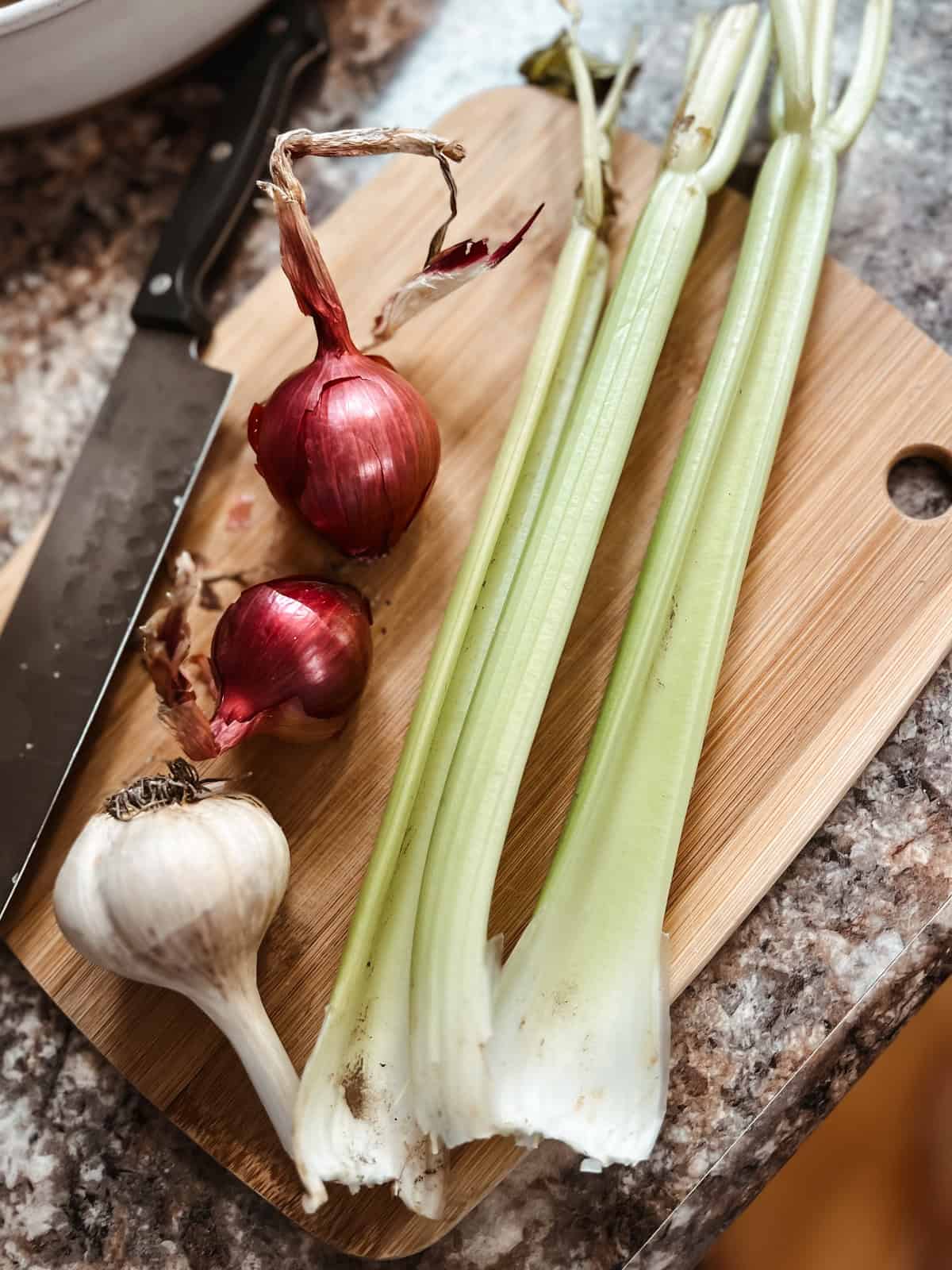
- 2 Chicken Carcasses
- 5-6 Quarts Water
- 2 Cups Vegetable Scraps (or 2 smaller or 1 large onion, 1 bulb garlic chopped, 2 carrots, 2 celery stocks)
- 3 Tablespoons Apple Cider Vinegar
- 2 Tablespoons Salt
- 3 Tablespoons Thyme
- 3 Tablespoons Parsley
- 3 Tablespoons Oregano
- 2 Teaspoons Tumeric
- 1 Teaspoon Black Pepper
See recipe card for quantities.
Instructions
In a large crock pot place the carcass/ bones, veggie scraps and herbs. Next, fill the slow cooker with water.
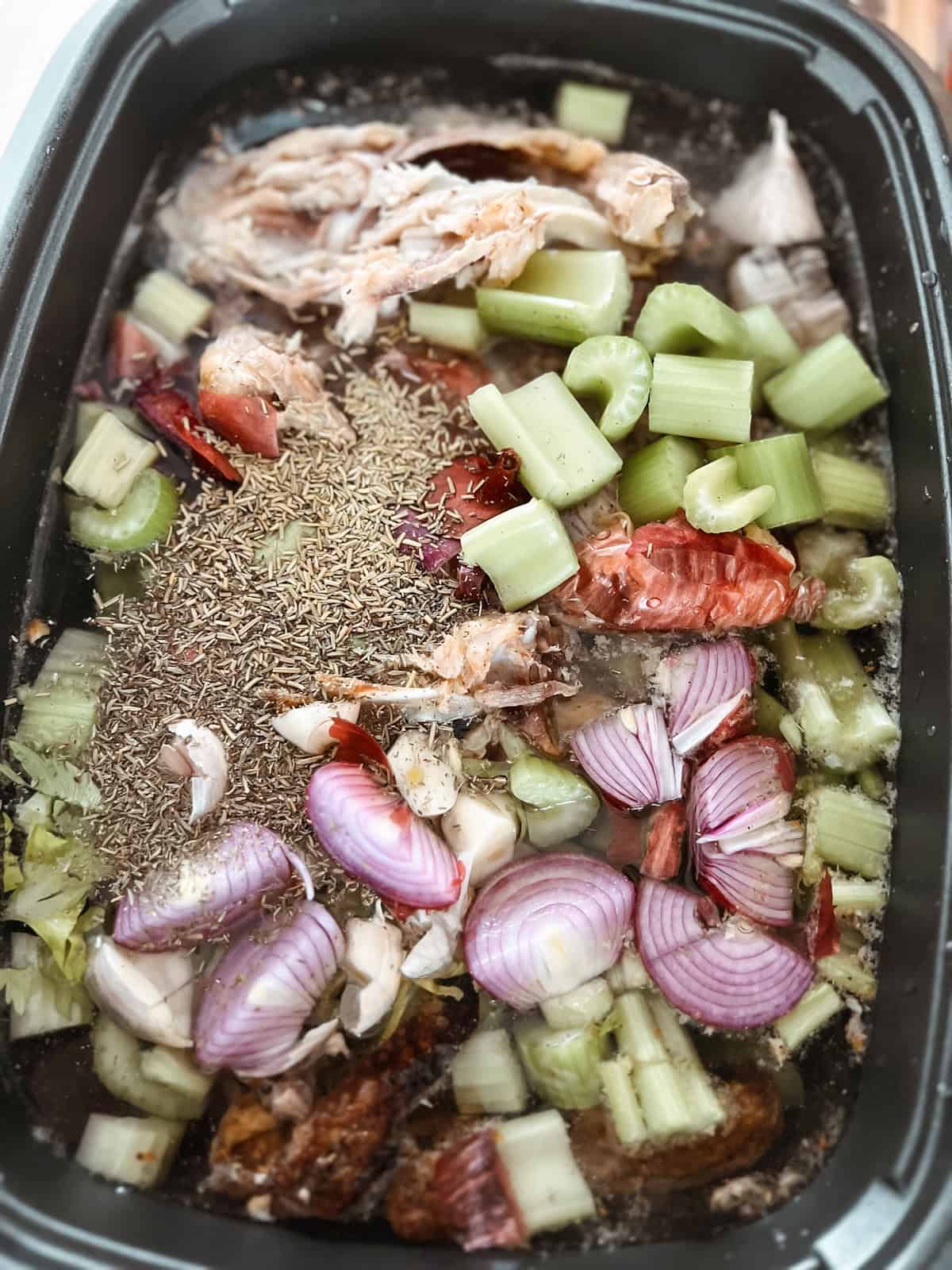
Cook on low heat for 12-24 hours, stirring occasionally. A large stock pot can be used instead of the crock pot.
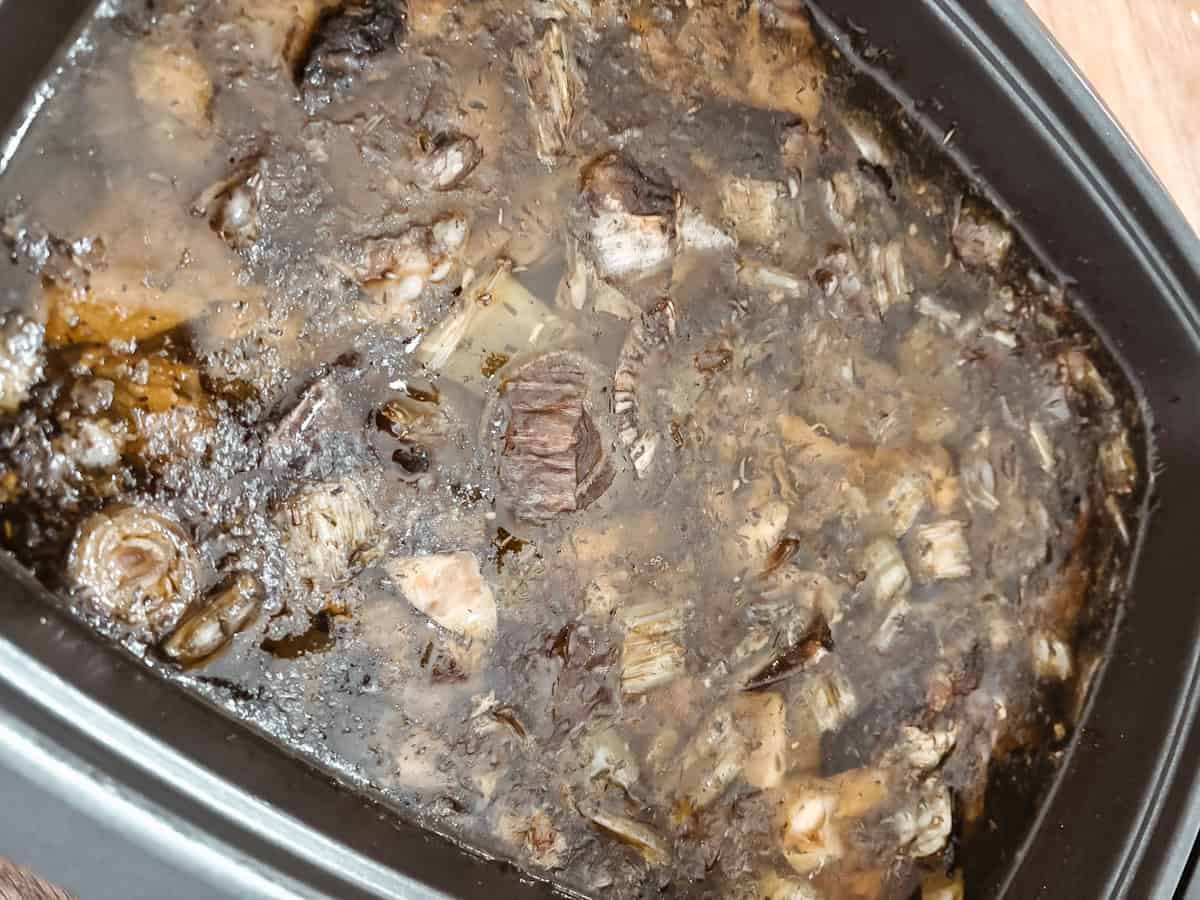
Strain the ingredients from the liquid broth using a fine mesh strainer.
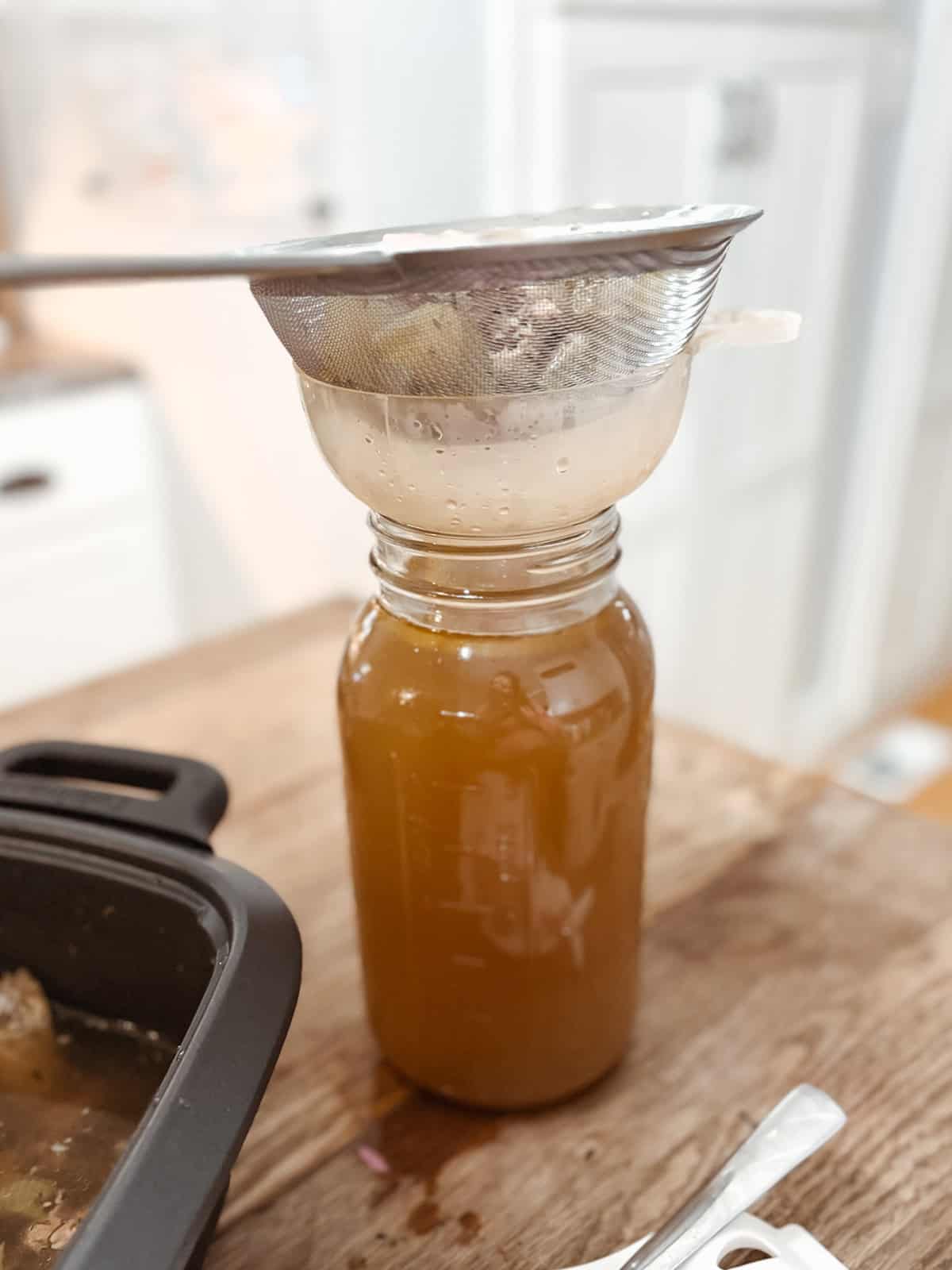
Allow to cool to room temperature before storing.
Store in the refrigerator in a large mason jar with an airtight lid for up to 2 weeks. Freezing or canning will extend the shelf life of the broth.
Note - for a batch of bone broth using beef bones, the apple cider vinegar is not necessary.
Substitutions
- Pork Bones - pork bones can be used instead of a chicken carcass.
- Beef Bones - beef bones are also a great substitute for the chicken carcass. However, the apple cider vinegar is not necessary if using beef bones due to the nature of the bones themselves.
Variations
When making bone broth, an optional step in the process is to cook the bones in the oven, on a baking sheet, at 400 degrees for 30 minutes. This is often done to enhance the flavor.
Equipment
- Crockpot or Large Stock Pot
- Fine Mesh Strainer
- Glass Jars for Storage
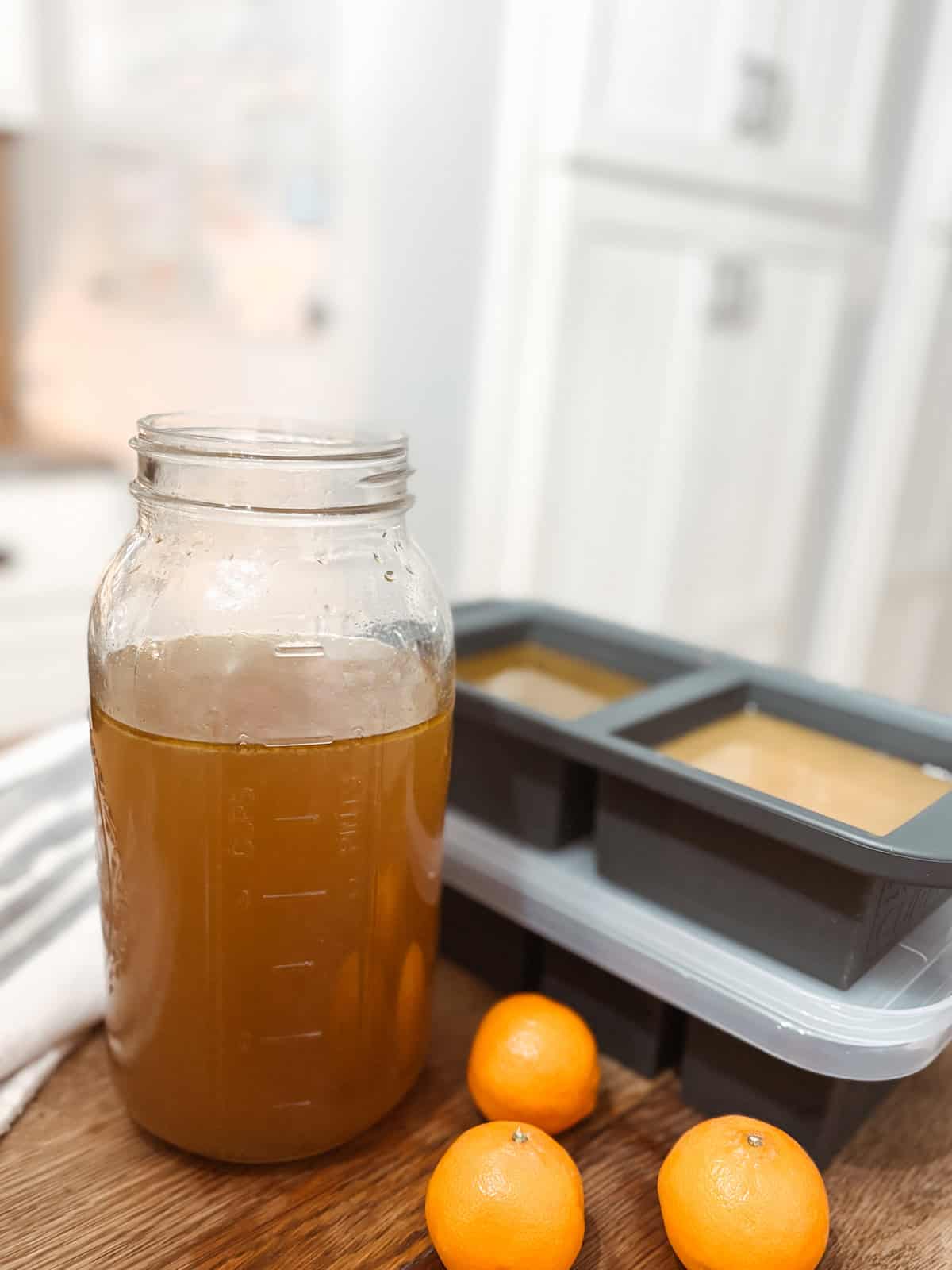
Storage
Mason jars work perfectly for storing homemade bone broth in the refrigerator. In addition, broth freezes very well. I like to use these souper cubes for freezing (an assortment of smaller frozen portions and larger, to use as needed) and then vacuum seal for longer storage.
Canning the homemade broth is another great option for preserving the broth and extending the shelf life.
FAQ
Personally, I use bones that would otherwise be scrap from meat we have consumed. High cartilage bones such as knuckles and joints or marrow bones are great options.
Yes, it is cheaper. Especially when using scraps!
Yes! Better quality ingredients are used, and the preservatives are left out of a homemade broth.
Related
Looking for other recipes like this? Try these:
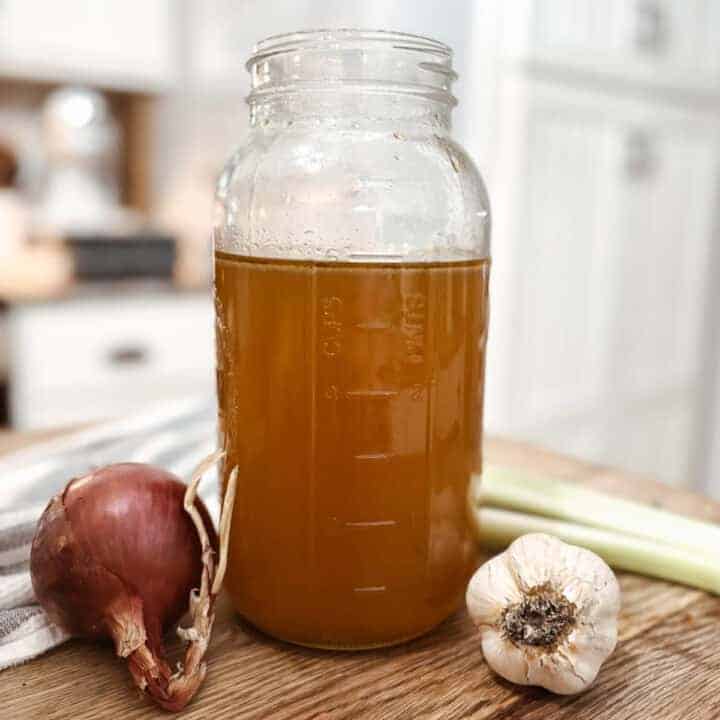
How to Make Bone Broth (Delicious Crock Pot Recipe)
There’s something beautifully simple and nourishing about a warm cup or homemade bone broth. Packed with vitamins and minerals, delicious bone broth is a time-tested kitchen staple that is as comforting as it is healing. The best part? How to Make Bone Broth (Delicious Crock Pot Recipe) is not only incredibly easy, but also a zero-waste way to use ingredients you might otherwise toss!
Ingredients
- 2 Chicken Carcasses
- 5-6 Quarts Water
- 2 Cups Vegetable Scraps (or 2 smaller or 1 large onion, 1 bulb garlic chopped, 2 carrots, 2 celery stocks)
- 3 Tablespoons Apple Cider Vinegar
- 2 Tablespoons Salt
- 3 Tablespoons Thyme
- 3 Tablespoons Parsley
- 3 Tablespoons Oregano
- 2 Teaspoons Tumeric
- 1 Teaspoon Black Pepper
Instructions
- In a large crock pot place bones, veggie scraps and herbs. Next, fill the slow cooker with water.
- Cook on low heat for 12-24 hours, stirring occasionally. A large stock pot can be used instead of the crock pot.
- Strain the ingredients from the liquid broth using a fine mesh strainer.
- Store in the refrigerator in a large mason jar with an airtight lid for up to 2 weeks. Freezing or canning will extend the shelf life of the broth.
Notes
Note - for a batch of bone broth using beef bones, the apple cider vinegar is not necessary.
Nutrition Information:
Yield: 16 Serving Size: 1Amount Per Serving: Calories: 43Total Fat: 1gSaturated Fat: 0gTrans Fat: 0gUnsaturated Fat: 1gCholesterol: 10mgSodium: 824mgCarbohydrates: 4gFiber: 2gSugar: 1gProtein: 3g
Nutrition information is automatically calculated, so should only be used as an approximation.
Save this pin for later here!
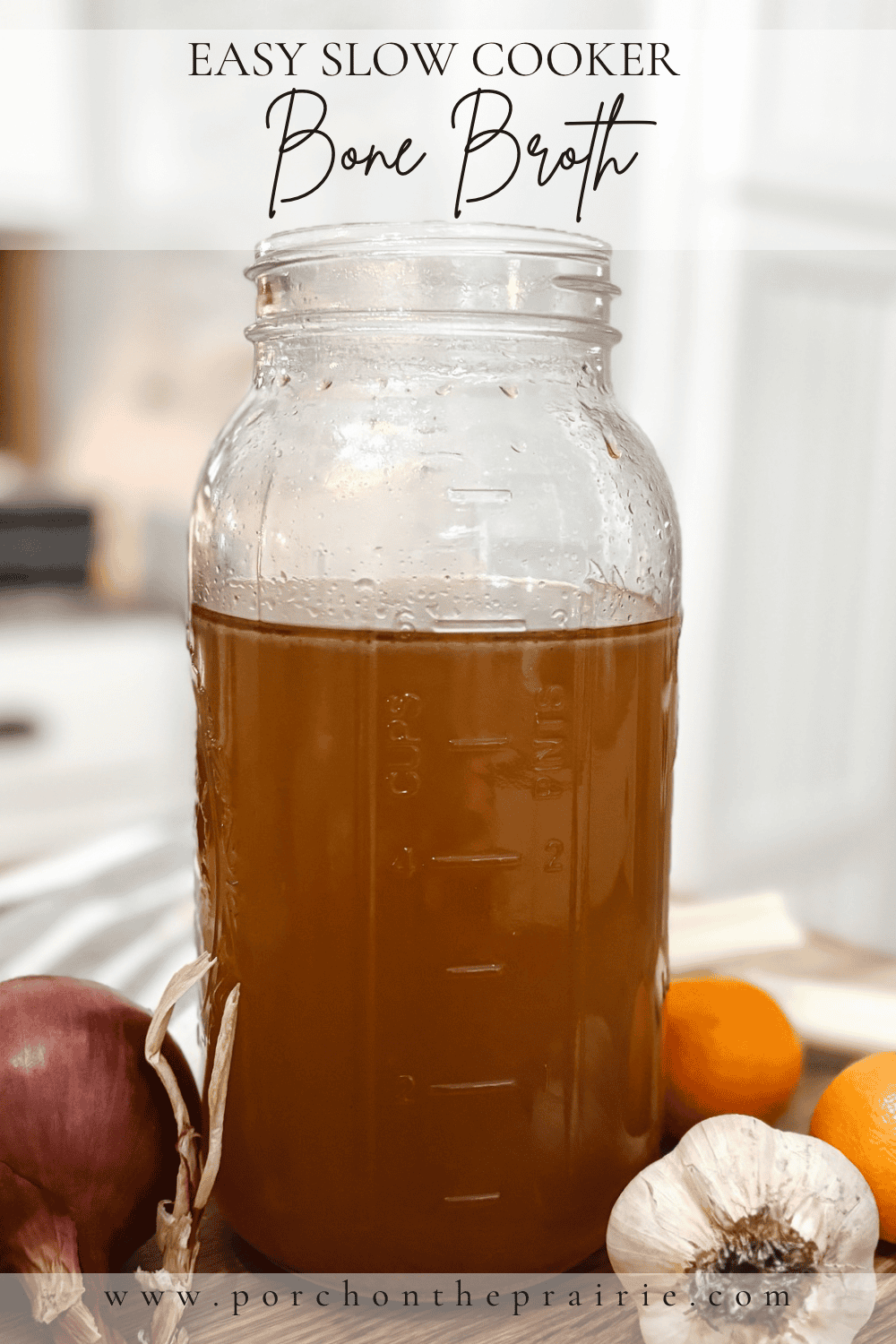

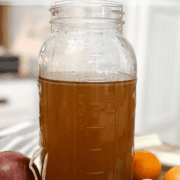
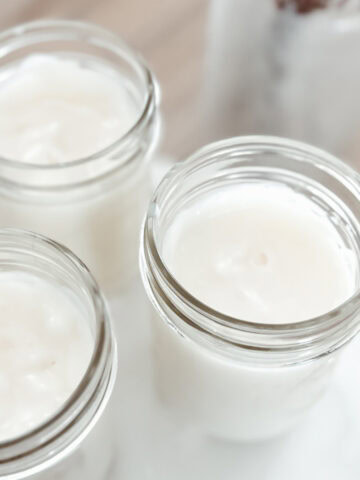

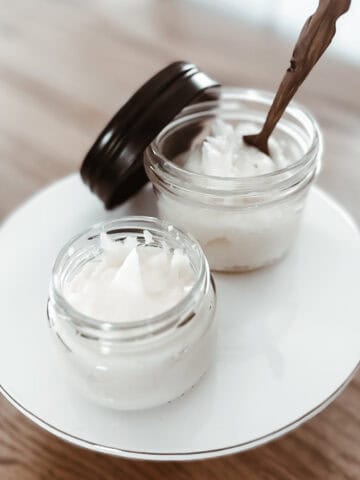
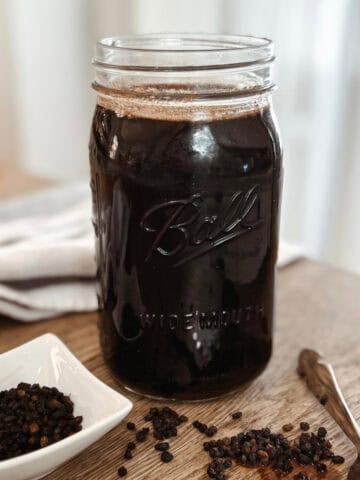
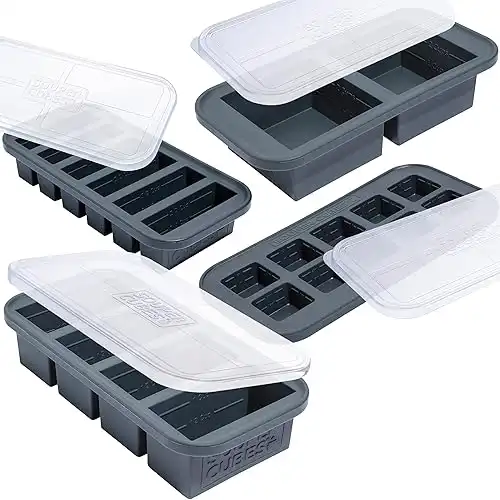
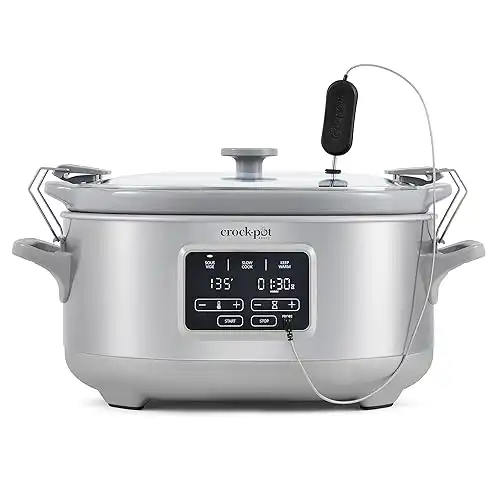
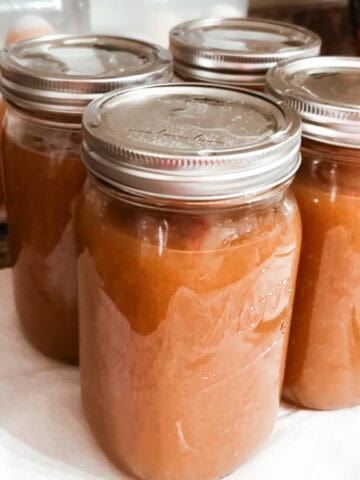

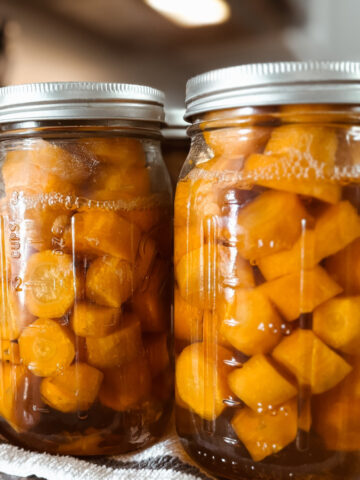

Leave a Reply